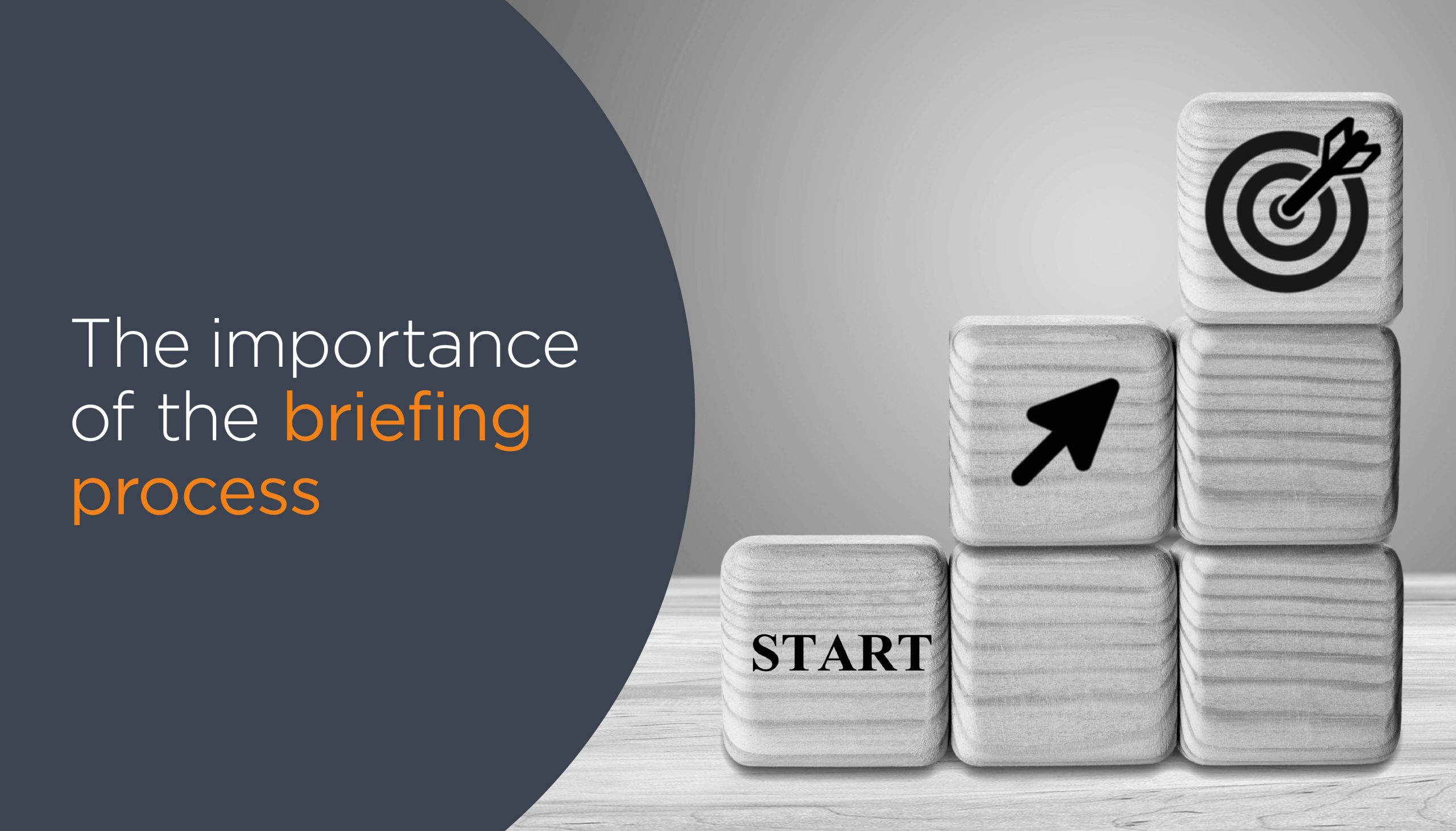Talk to any marketer, campaign manager or professional creative and they’ll tell you one consistent fact: a good brief is paramount to any successful creative campaign.
Will Burns from Ideasicle once stated that “a creative brief is the most sacred of all sacred ad documents”.
Architect David Rockwell said that “a great brief is an inspiring thought starter.”
If you are a B2B or an NFP organisation that works with an agency, for example, you might think that the benefits of briefing only swing towards the agency or stakeholders you work with. After-all, creating a brief is time consuming, and many are tempted to skip the process altogether. Indeed, Pieter-Paul von Weiler and Paul Davies, the founders of the BetterBriefs project attest to witnessing some projects not having any briefing document whatsoever.
The absence of a brief is usually a very costly mistake. The truth is, a brief’s holiness lies in the benefits it gives to you and the organisation you work for.
More than anything, a brief serves to define and outline the details and ideas of a creative project or campaign. It is an important 1-2 page document that allows everyone involved to get on the same page, create understanding and communicate well.
Why the Brief is so Important
Creating a good and detailed brief is the best way to avoid miscommunications, blown-budgets, passed deadlines and constant error corrections. Further, the process will help you get back work that fits your brand and achieves what you want.
Briefing serves to establish a good relationship with the agency you work with. By setting clear parameters, project objectives and measurement processes, both parties can implement good communication and avoid going down a rabbit hole that ultimately is off the mark.
If briefs are not executed thoughtfully, there is a high risk of constant confusion, wasted money and time, not to mention poor creative resource expenditures.
It is therefore wise to invest time and effort into the briefing process so as to avoid future headaches that ultimately might ruin a creative campaign, or force marketers and agencies alike to do a 180 and start the whole process over again.
Components of a Good Brief
A good creative brief lays down the ingredients of good creative work, without prescribing solutions on how to execute every little step. A brief must be clear and concise, and allow space for creativity and imagination. Here are five key components to writing a good brief:
Define the Project’s Background
Giving context as to why your project is happening and what led you to get here is a good first step. On the agency’s side, these questions will help put everyone on the same page:
- What problem is your project trying to solve?
- What change will this project usher in if successful?
- What is the broader vision of your project?
Understanding what the client is trying to achieve will lay a solid foundation for further clarity.
Set Clear Objectives
Setting clear objectives differs from providing a project’s context whereby you define the product you aim to produce, as well as clear goals and deliverables.
Specify what product is being produced, if it is a new product or one that is already in the market, what the product’s brand values are and its price point is.
Whether your goals include reaching a new demographic, improving your brand’s reputation, or increasing the amount of customers reached by 50%, the objectives you formulate have to be tangible and measurable.
Gather Existing Materials
Once you’ve given background information and formulated clear objectives, it's time to gather existing materials.
This can include brand images or videos, research documents, statistics and other archived reports such as evaluation reports that might be insightful.
These materials will help give a boost to the creative team by giving them something they can already start with, and build off from.
Define your Target Audience
The clearer you are with who your target audience is, the better. To avoid any misunderstandings with any collaborators, specify exactly which customers you’re trying to reach.
State the demographic you’re aiming towards, what pain points they have, how the product you have will affect them, and perception they currently have of your brand.
Placing yourself in their shoes will help you formulate a more personalised approach that keeps your customers in mind throughout the entire process.
Tone and Style
In a creative brief, make sure to specify the tone you want to strike. Is your campaign targeted toward a more professional audience?
If so, you might want to take on a more technical and formal tone. Your style might be less flashy or quirky.
Maybe you’re appealing to a younger demographic. In that case, an informal tone might work better in catching their attention.
In all cases, your tone and style have to be consistent with your brand, and if your B2B or NFP have brand guidelines, make sure to follow them closely.
Final Thoughts
Imagine stepping into a new job without any instruction or communication. What exactly are you supposed to do, if your role is not defined and everything feels chaotic?
This nightmarish scenario is exactly what the briefing process tries to avoid. A good brief also sets the foundation for great, imaginative work to get done.
By investing initial time and effort into constructing a clear and communicative brief, both marketers and agencies will ensure the best long-term outcome and be proud of the work they collaborate on.
Remember, the brief is sacred. Don’t doubt that, and treat it as such.

